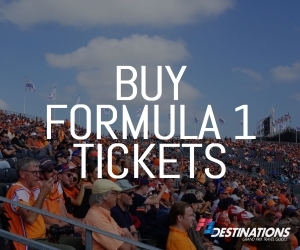
At the age of 41, Fernando Alonso is once again fighting for F1 podiums. Károly Méhes looks back at the record of champion drivers who raced into their 40s, some more successfully than others.
Fangio & Brabham
The focus of this article is not the drivers of the 1950s and 1960s. Older drivers were much more common in those days. The legendary Juan Manuel Fangio won his first drivers title in 1951 at the age of 40 and collected his fifth and final title aged 46.
Australia’s triple world champion, Jack Brabham, also raced competitively into his 40s, scoring his final win at the 1970 South African Grand Prix, aged 44. Brabham very nearly added one more win to his tally in Monaco that year but slid off the track on the last corner of the final lap, handing the victory to Jochen Rindt.
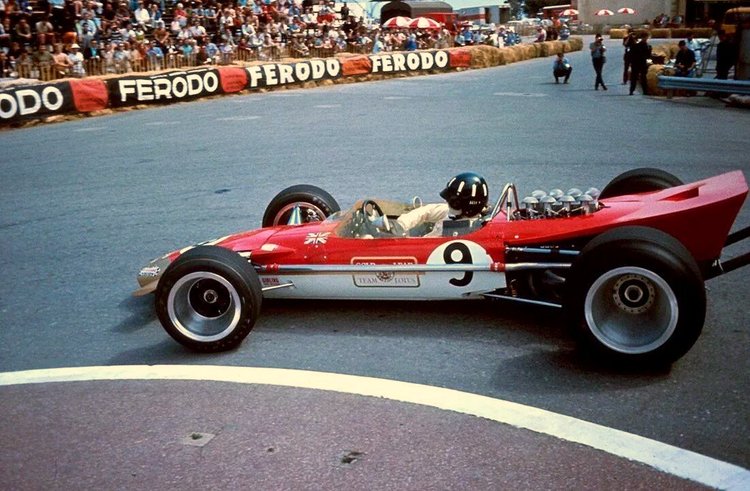
Graham Hill
Graham Hill did not enjoy such competitiveness in the twilight of his career. The British driver, who became known as ‘Mr Monaco’ for his five wins in the principality, was 40 years old when he won for the last time (in Monaco, of course!) but continued driving for a further six years. He would never stand on the podium again and failed to score any points at all in 1973. The final ignominy came in 1975, when he failed to qualify for the Monaco Grand Prix. Hill decided to retire and focus on running his own F1 team, but was tragically killed in a plane accident later that year.
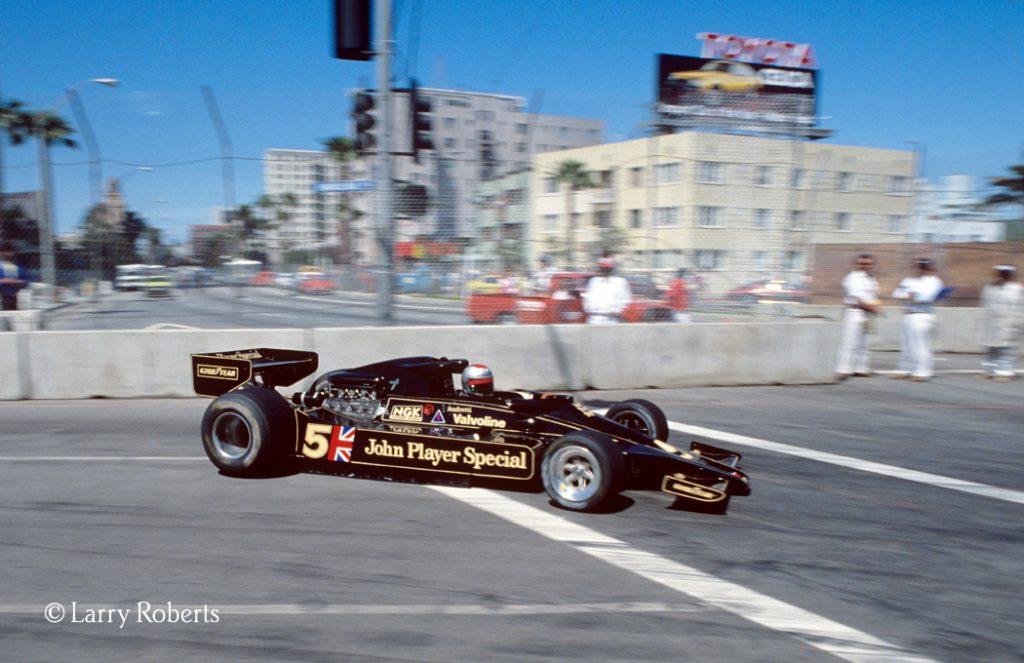
Mario Andretti
Mario Andretti did not have a conventional Formula 1 career. For a long time, the Italian-American driver juggled racing commitments on both sides of the Atlantic. After a handful of outings in his late 20s and early 30s, Andretti didn’t commit full-time to Formula 1 until 1975, aged 35. His contemporaries of the time won their titles at much younger ages; Fittipaldi was 25, Lauda was 26 and Hunt was 29. Thanks to the design genius of Colin Chapman, Andretti finally achieved his title in 1978 at the wheel of the Lotus 79. He was 38 years old. Sadly, this was to be the pinnacle of the Italian-American’s time in Formula 1. After three more unsuccessful seasons, Andretti head back to the USA.
But he wasn’t yet done with Formula 1. Aged 42, Andretti received a call from Enzo Ferrari and was drafted into the Italian team for the final two races of the 1982 season. Ferrari had endured a terrible year, with star driver Gilles Villeneuve killed in an accident in Belgium and Didier Pironi suffering career-ending injuries after a crash in Germany. Andretti proved he still had what it took to compete at the highest level, taking pole position at Monza and finishing on the podium, despite clutch problems. Andretti’s Formula 1 career may have been over, but he continued to race competitively in IndyCar in the USA, achieving his final victory in 1993, aged 53!

Nigel Mansell
The career of Nigel Mansell, who was partnered with Andretti at Lotus during his maiden season, also has some parallels with the Italian-American driver. Mansell narrowly missed out on the driver’s title for Williams in both 1986 and 1987 before a stint with Ferrari. He returned to Williams and in 1992 fulfilled his dream of winning the world championship, at the age of 39. Still at the top of his game, it’s entirely possible that Mansell could have added to his title victories with Williams, were it not for an argument with team principal Frank Williams that saw Mansell lose his drive for 1993.
Mansell moved across the pond to the CART IndyCar series, driving alongside Mario Andretti, and was immediately on the pace. Mansell won his maiden race on the streets of Surfers Paradise in Australia and claimed the CART IndyCar title at his first attempt, aged 40. Further successes did not follow in 1994, however, and Mansell inevitably turned his attention back to Formula 1. The tragic weekend at Autodromo Imola in May 1994, which claimed the lives of Roland Ratzenberger and Ayrton Senna, would ultimately give Mansell another chance.
Senna’s seat at Williams was initially taken by youngster David Coulthard, but Mansell agreed a deal to drive for the team at the races which didn’t clash with his IndyCar duties. The highlight of Mansell’s four races for Williams in 1994 was victory in the season-ending Australian Grand Prix. Mansell started from pole in Adelaide and took victory after the title-deciding collision between Michael Schumacher and Damon Hill. It was Mansell’s 31st and final F1 win. Mansell signed to race for McLaren in 1995, but the car was uncompetitive, and the Briton decided to retire for good after just two outings.
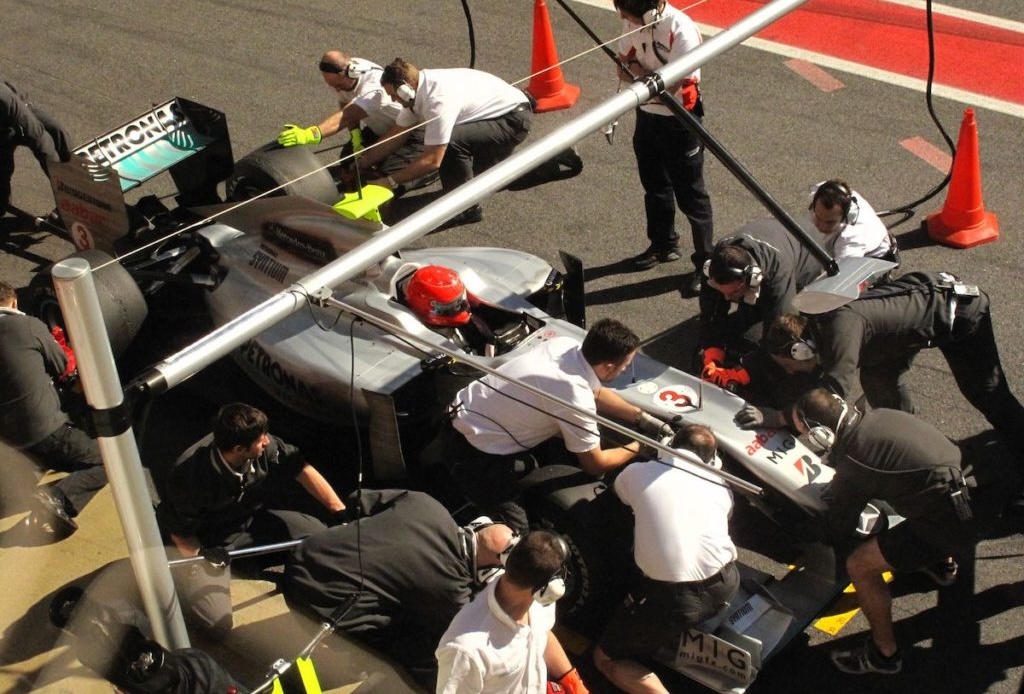
Michael Schumacher
Michael Schumacher wasn’t quite so successful in the latter stages of his incredible career. Having broken countless records on his way to 91 victories and seven driver’s titles, the German retired from F1 at the end of the 2006 season. It wasn’t too long before Schumacher was encouraged out of retirement to drive for the new Mercedes team at the age of 41. Sadly, it wasn’t to be a return to the front of the grid for the German legend, who’s on-track performances were a shadow of his former greatness.
Although Schumacher’s development work with Mercedes is credited with helping set the team up for its period of superiority in 2014-2021, he came away from his final three seasons in Formula 1 with just one podium. Schumacher retired for good at the end of the 2012 season, one year before suffering traumatic brain injuries in a skiing accident.
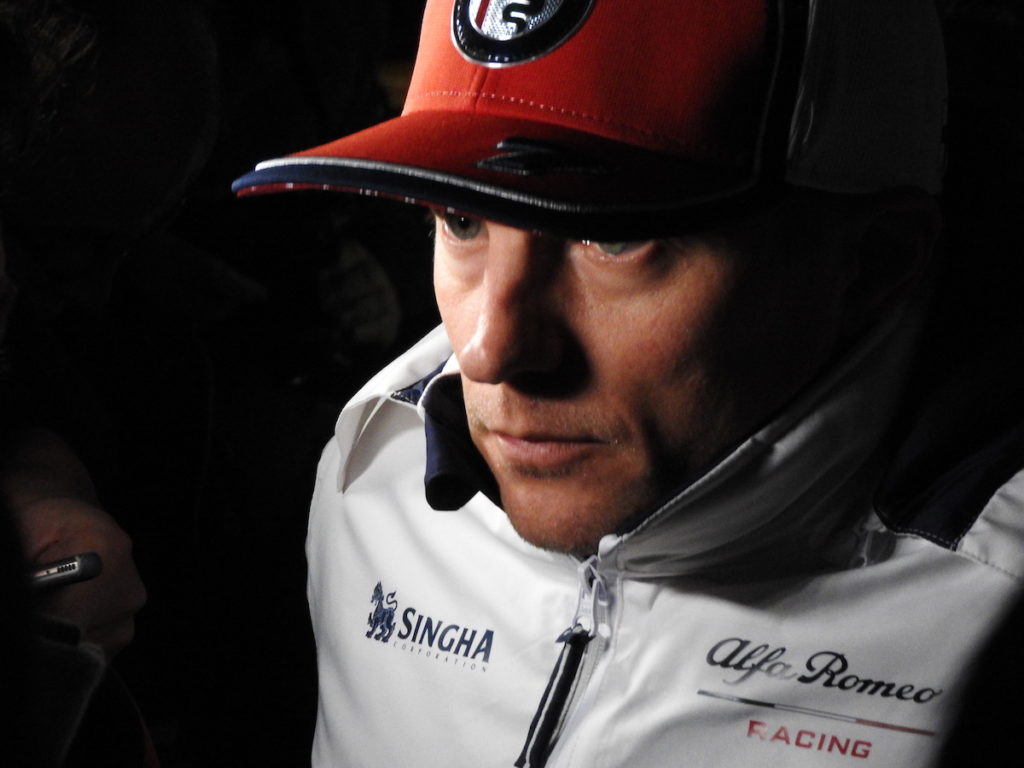
Kimi Räikkönen
Ferrari’s last World Champion, Kimi Räikkönen, had a somewhat eventful career in Formula 1. Two years after taking out the 2007 world championship, ‘The Iceman’ left Formula 1 altogether, unable to secure a top-flight drive. But after just two seasons on the sidelines, the Finn was back with Lotus and back to winning ways. He returned to Ferrari in 2014. Despite the odd flash of brilliance, Räikkönen spent most of his second stint with the Scuderia as a number 2 driver to Sebastian Vettel.
By 2018, it was clear that it was time for Räikkönen to step aside at Ferrari for the exciting youngster, Charles Leclerc. But not before one final F1 victory, which came in fine style at the 2018 United States Grand Prix. He was 39 years old. It would have been a fine way to bow out of Formula 1, but Räikkönen opted to stay on the grid with Alfa Romeo for a further three seasons. Wins were out of the question, but Räikkönen continued to race competitively and score points right up to his retirement at the end of the 2021 season.
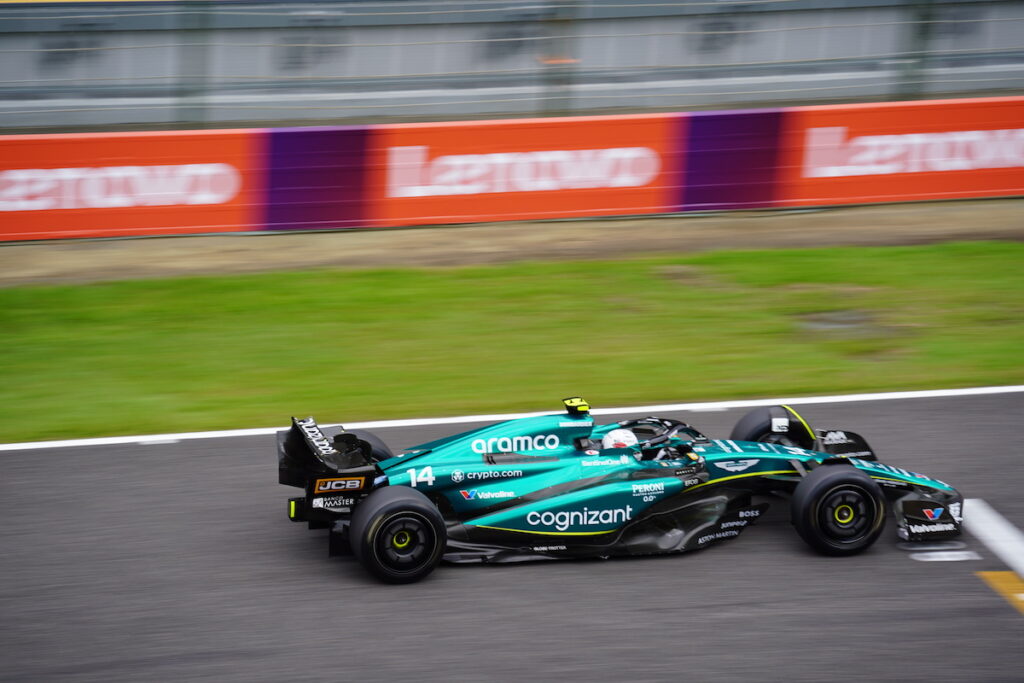
Fernando Alonso
And now, we have Fernando Alonso. The 41-year-old double champion from Spain has certainly had his ups and downs in F1. He became the sport’s youngest champion (at the time) when he won the 2005 title with Renault, aged 24, and defended it one year later. Alonso later drove for McLaren, Ferrari and McLaren, scoring victories but never being in the most competitive car at the right time. Alonso stepped away from Formula 1 at the end of 2018, talking part in the Indy500, Dakar Rally and taking victory at the 24 Hours of Le Mans. It was no great surprise when Alonso returned to the grid with Alpine in 2021, his desire to succeed and competitive instincts still very much intact.
And now, at the age of 41, the Spaniard finds himself driving for Aston Martin, which looks to have the second-best car on the 2023 Formula 1 grid. Alonso has opened this year’s campaign with a pair of third-placed finishes and is driving as brilliantly as when he debuted way back in 2001. Twenty years since his first F1 win (and ten years since his last), Alonso stands a very good chance of returning to the top step of the podium in 2023. In Alonso’s case at least, age is just a number.

